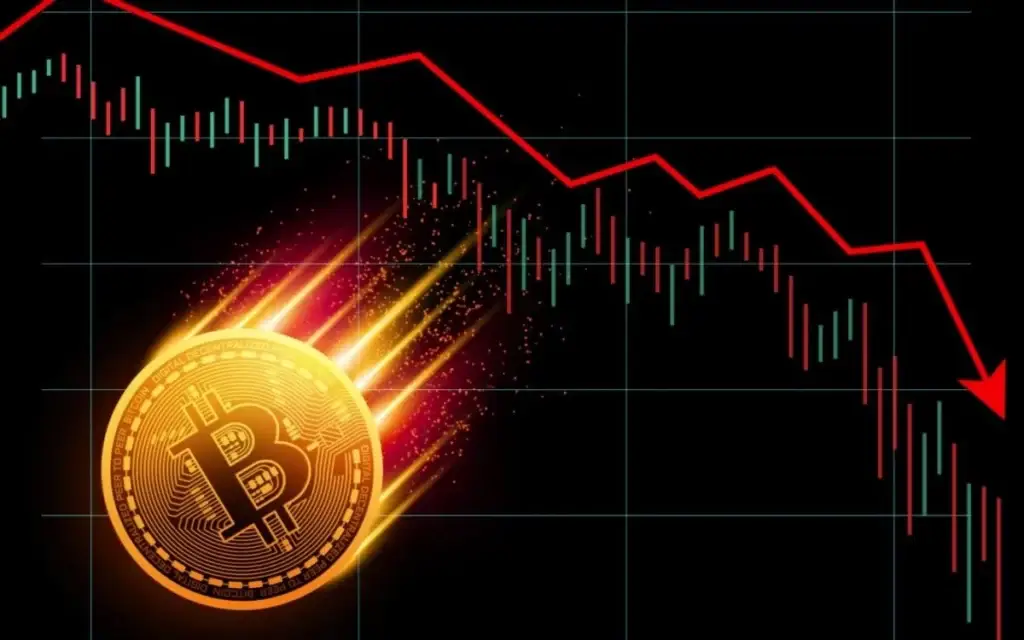The digital age never stands still, and every year brings new opportunities for investors. In 2024/25, Bitcoin investments will continue to attract the attention of both experienced traders and newcomers looking to increase their capital. The steady growth of cryptocurrencies, supported by innovation and increasing acceptance in the global economy, makes Bitcoin an attractive asset. As in any other market, numerous nuances and peculiarities require in-depth analysis and understanding. This article is your guide to the world of Bitcoin investments, with strategies and forecasts based on current data and expert opinions.
Why is 2024/25 the perfect time to invest in Bitcoin?
The year 2024/25 is marked by significant changes in the cryptocurrency market. The Bitcoin price forecast shows positive trends, making it attractive for long-term investments. Key factors driving growth include an increase in institutional investment, improved regulation, and technological innovations such as the introduction of the Lightning Network and the development of DeFi platforms. Furthermore, global economic instability is driving investors to seek alternative investments that can preserve and grow their capital. According to CoinMarketCap, Bitcoin has grown by 150% over the past three years, confirming Bitcoin’s status as digital gold.
Factors Influencing Bitcoin’s Growth in 2024/25
BTC’s growth in 2024/25 is driven by several key factors. First, the increasing adoption of Bitcoin by major corporations and financial institutions contributes to its legitimacy and stability. Second, the introduction of advanced technologies improves its scalability and transaction speed, making Bitcoin more attractive for mass adoption. Third, the limited supply of Bitcoin (maximum 21 million coins) creates scarcity, further driving its price. According to a report by the Blockchain Research Institute, Bitcoin is expected to reach $100,000 per unit by the end of the year due to these factors.
The Impact of the Global Economy on Bitcoin Investments
The global economy plays a major role in capital formation and drives the flow of investment into Bitcoin. Economic instability, inflation, and currency crises in various countries are forcing investors to look for reliable assets to preserve value. Bitcoin, as a decentralised digital currency, offers an alternative to traditional financial instruments and protects capital from inflationary processes. According to the International Monetary Fund (IMF), global investments in cryptocurrencies have increased by 40% in 2023, and this trend will continue in 2024/25, which will boost investments in Bitcoin.
How to Start Investing in Bitcoin: A Step-by-Step Guide
To start investing in Bitcoin, careful consideration and knowledge of the basic steps are required.
Creating a Digital Wallet:
- Choose a secure digital wallet such as the Ledger Nano S or Trezor to store your Bitcoin.
- Set up two-factor authentication for extra security.
How to Choose a Bitcoin Exchange:
- Register with a reputable Bitcoin exchange such as Binance, Coinbase or Kraken.
- Go through the verification procedure by providing the required documents.
Funding your account:
- You can transfer money to the exchange via bank transfer, credit card or other available methods.
- Make sure you select the right currency to exchange for Bitcoin.
Buying Bitcoin:
- Use limit or market orders to buy Bitcoin, depending on current market conditions.
- Monitor charts and analyse trends to find optimal buying opportunities.
Storage and security:
- Transfer purchased Bitcoin to your wallet for maximum security.
- Regularly update your wallet software and keep it secure.
Benefits and risks of investing in Bitcoin
 Investing in Bitcoin offers beginners a unique opportunity to earn significant returns. Historically, the value of this asset has experienced impressive growth, even reaching record highs. The price of Bitcoin is expected to reach $100,000 by 2025, opening the door to huge profits. In addition, Bitcoin has high liquidity, allowing you to quickly buy and sell assets depending on market conditions. Investors who got in early are already seeing results in the form of more capital.
Investing in Bitcoin offers beginners a unique opportunity to earn significant returns. Historically, the value of this asset has experienced impressive growth, even reaching record highs. The price of Bitcoin is expected to reach $100,000 by 2025, opening the door to huge profits. In addition, Bitcoin has high liquidity, allowing you to quickly buy and sell assets depending on market conditions. Investors who got in early are already seeing results in the form of more capital.
Key risks and how to minimize them
Risks of investing in Bitcoin include market volatility, changes in legislation, and possible cyberattacks. Volatility can cause large price swings, so investors should be prepared for rapid changes. Changes in regulations in different countries can restrict access to cryptocurrencies or change the terms of use. To minimize risk, we recommend that you diversify your investment portfolio, invest only what you are willing to lose, and use secure storage methods, such as hardware wallets.
Building an Investment Portfolio with Bitcoin
Diversifying your investments with Bitcoin reduces risk and increases potential returns. Including currencies in an investment portfolio can help balance the risks associated with traditional assets such as stocks and bonds. It is advisable to spread capital across different asset classes, including cryptocurrencies, to create a sustainable portfolio. For example, by investing 20% of your capital in Bitcoin, 30% in technology stocks, and 50% in bonds, you can achieve an optimal combination of risk and return.
Capital Optimization Through Long-Term Investments
Capital optimization is achieved through long-term investments in Bitcoin, allowing you to take advantage of its growth potential. Long-term investors can minimize the impact of short-term volatility and use a buy-and-hold strategy to accumulate coins over several years. This also allows you to benefit from compound interest and the appreciation of an asset over time. According to Fidelity Investments, long-term investments in Bitcoin are showing steady growth, confirming its potential as an investment portfolio.
Bitcoin Predictions and Outlook for End of 2024 and Early 2025
Bitcoin is expected to continue its growth through the end of 2024, supported by positive predictions from experts. Many analysts predict that the coin will reach new heights due to increased institutional investment and its growing use as a means of payment. For example, Morgan Stanley predicts that the asset’s price could reach $120,000 based on current trends and the expectation of growing demand. Moreover, technological advancements and improved infrastructure in the crypto market are helping to strengthen Bitcoin’s position as a leading cryptocurrency.
Conclusion
 Investing in Bitcoin in 2024/25 offers unique opportunities for capital growth and diversification of your investment portfolio. The combination of innovation, increasing adoption, and stable price growth makes the coin an attractive asset for long-term investment. It is important to consider the risks and implement strategies to minimize them to ensure a successful investment.
Investing in Bitcoin in 2024/25 offers unique opportunities for capital growth and diversification of your investment portfolio. The combination of innovation, increasing adoption, and stable price growth makes the coin an attractive asset for long-term investment. It is important to consider the risks and implement strategies to minimize them to ensure a successful investment.
 en
en  ru
ru  de
de  ar
ar  es
es  nl
nl  hi
hi  fr
fr  it
it  pt
pt  el
el 





